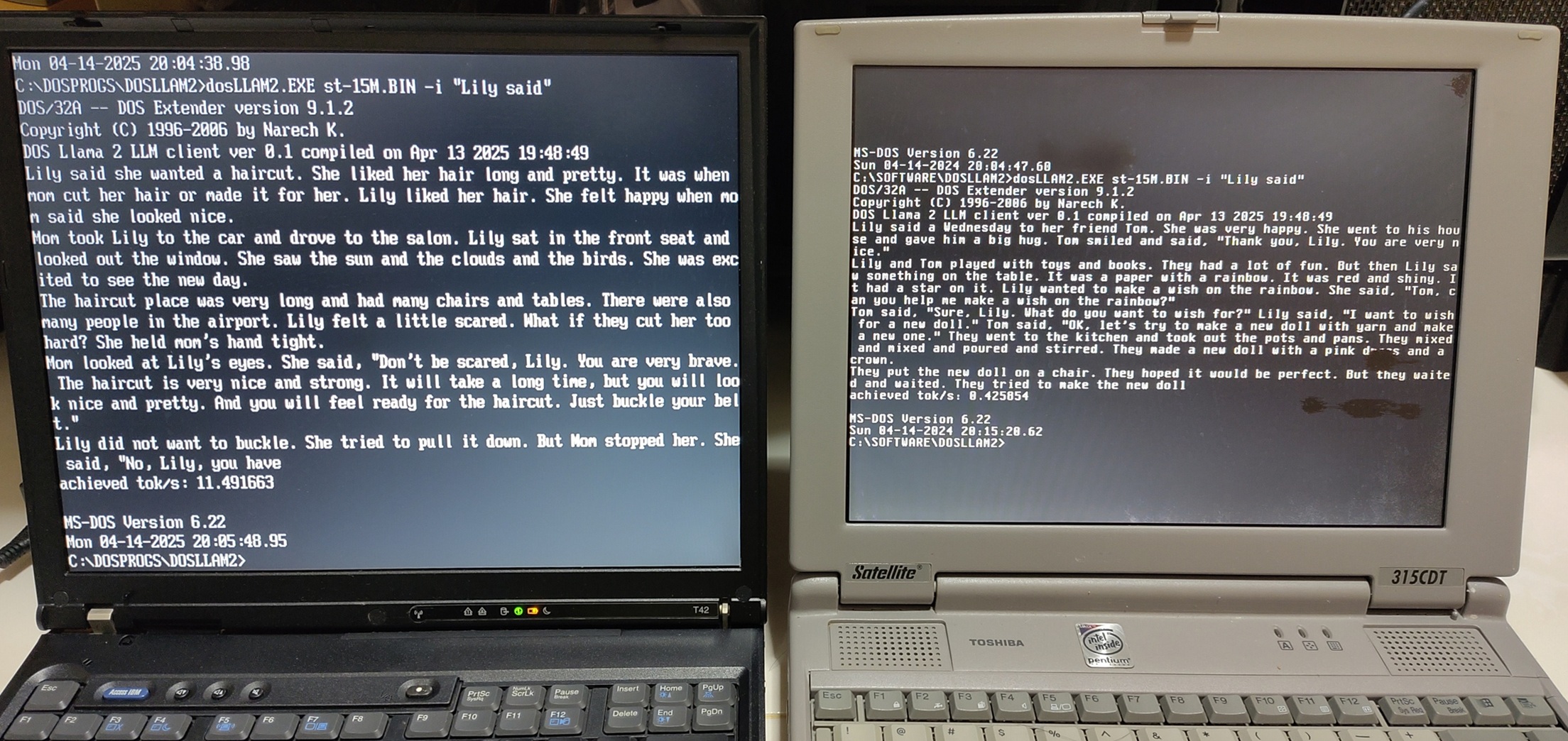
Ever thought of running a local Large Language Model (LLM) on a vintage PC running DOS? Now you can!

Maker, Coder, Private Pilot, Retrocomputing Enthusiast

Ever thought of running a local Large Language Model (LLM) on a vintage PC running DOS? Now you can!

If I were to tell you a PC has a floppy drive, optical drive, Sound Blaster card, serial, parallel and PS/2 ports running DOS, you would think I’m referring to a machine from the 1990s. But my very modern PC built in 2024 possess these characteristics!
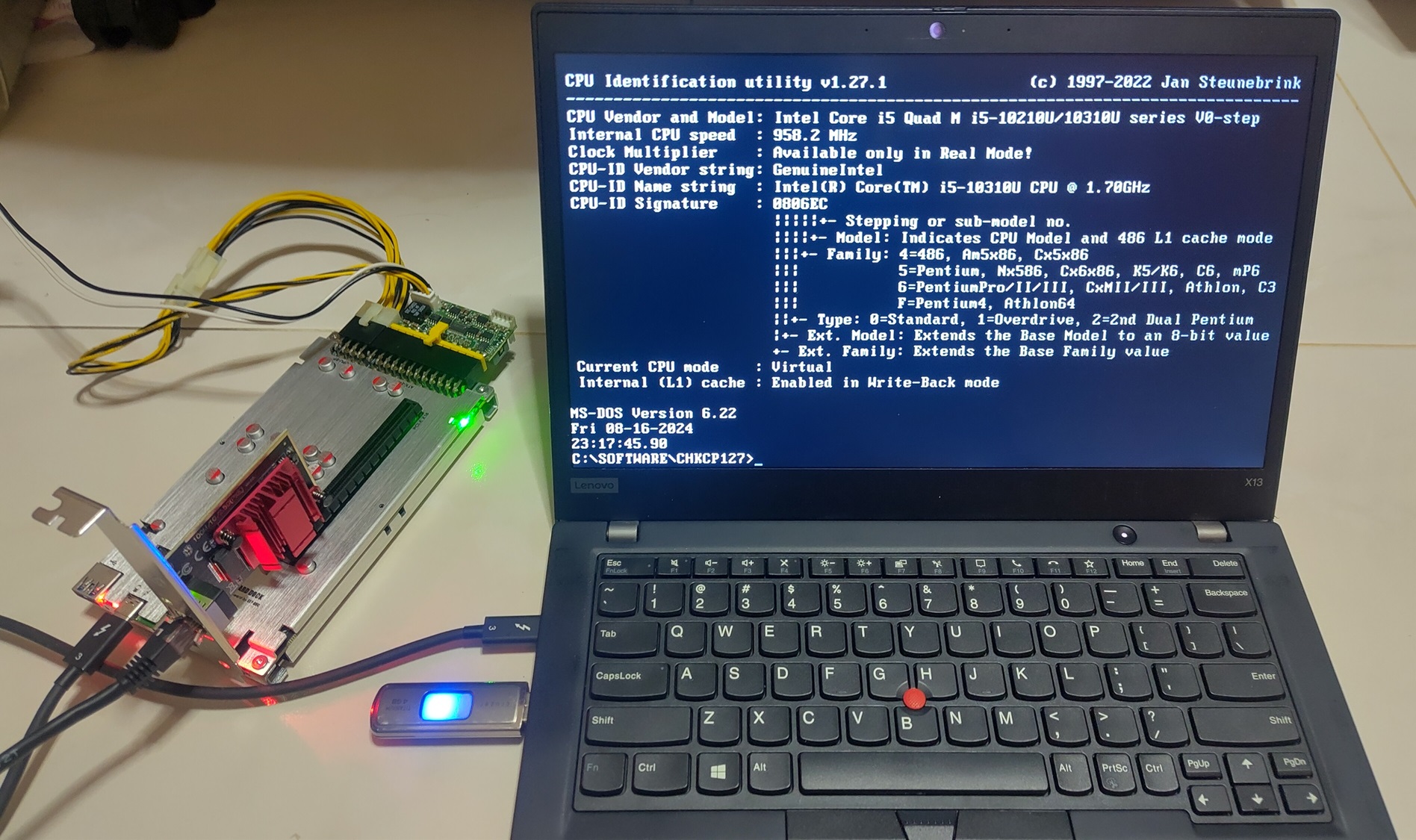
When one thinks of modern technologies like Thunderbolt, 2.5 Gigabit Ethernet and modern CPUs, one would associate them with modern operating systems. How about DOS?
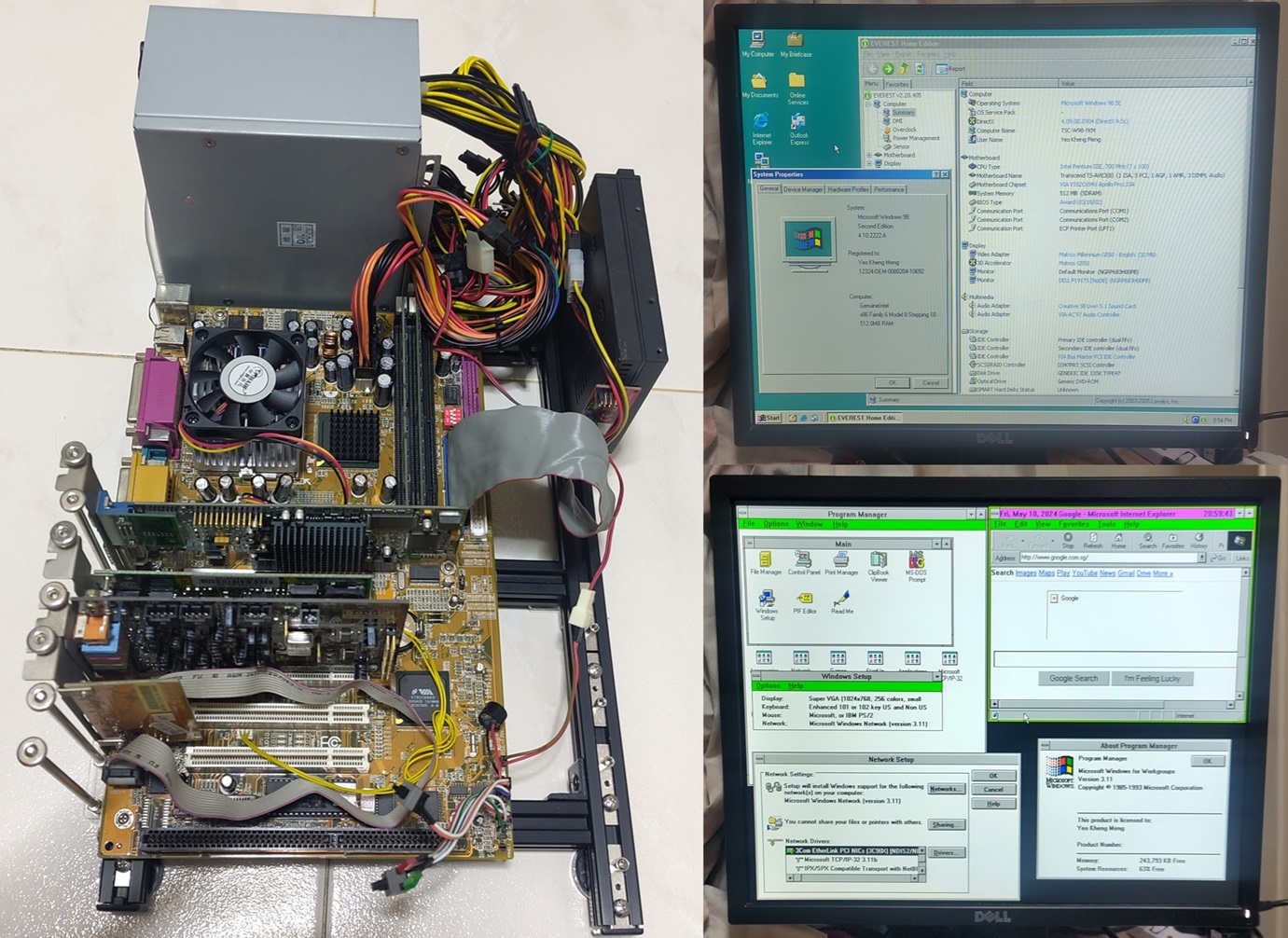
I have amassed a respectable collection of retro-PCs in the several years I have been engaging in my retrocomputing hobby. As part of this hobby, I regularly acquire vintage expansion cards from others. Testing these newly-acquired cards will require me to frequently disassemble my properly set up retro-machines which is a hassle to do.
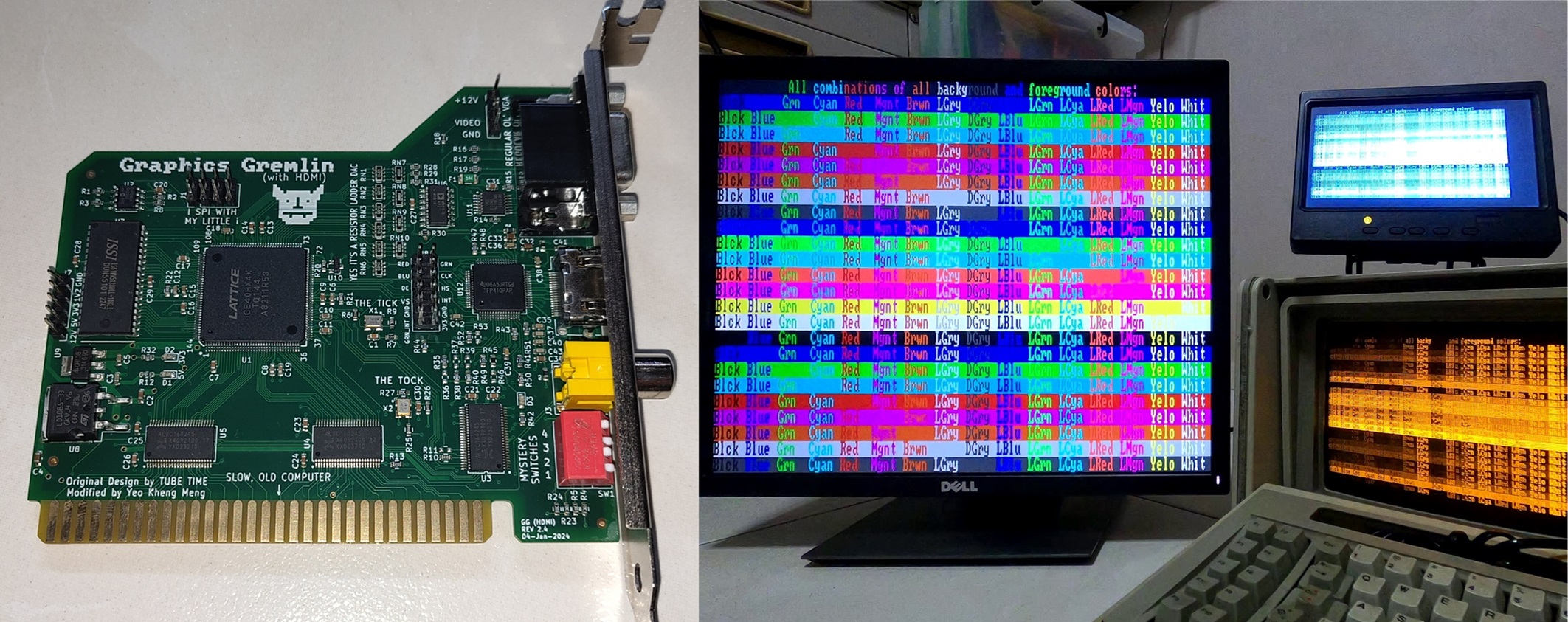
HDMI is a relatively modern video connector we take for granted on modern PCs and monitors. Now vintage PCs can join in the fun too with a native connection to modern HDMI monitors without any additional adapter.
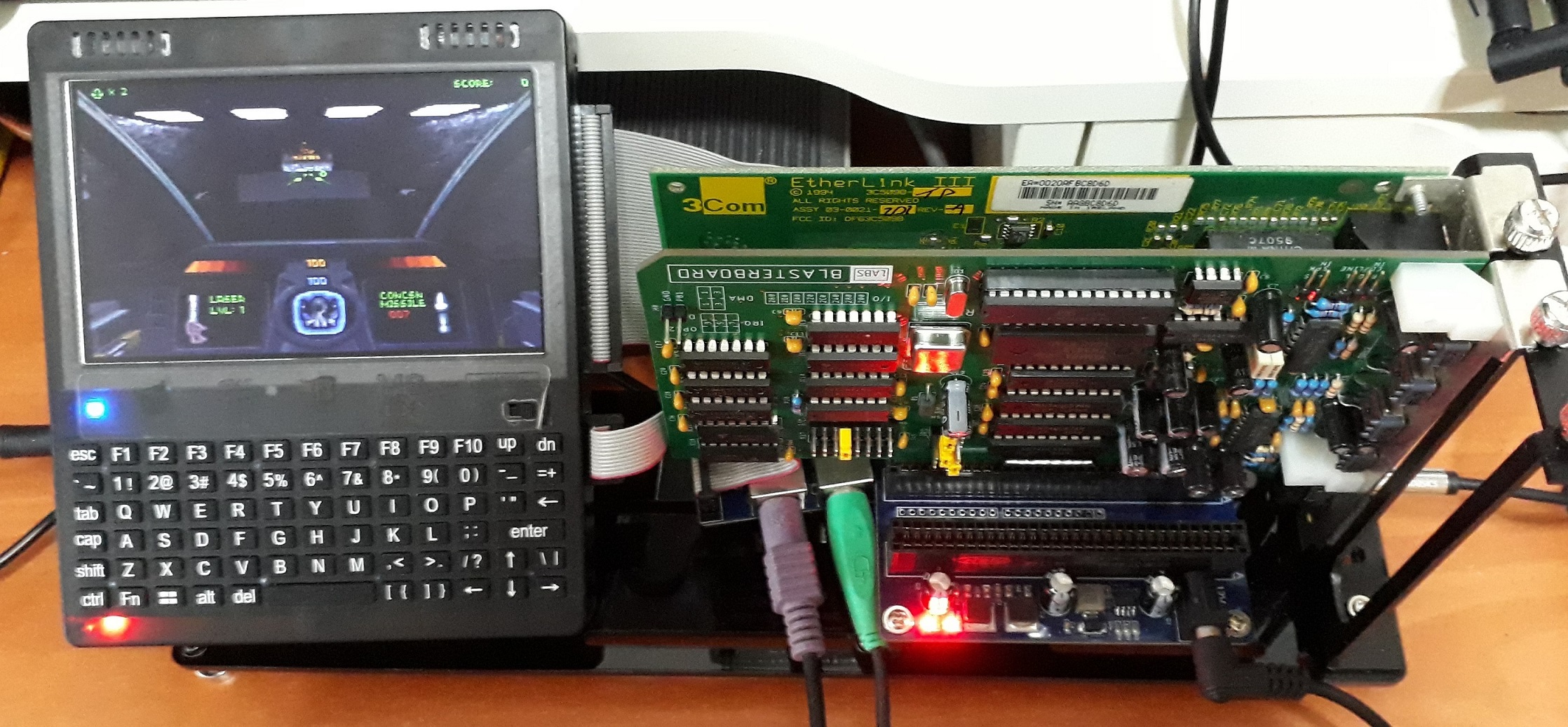
A new 386-based palmtop recently appeared on Aliexpress and was covered by sites like Tom’s Hardware. My curiosity was stoked and I quickly snapped one up.
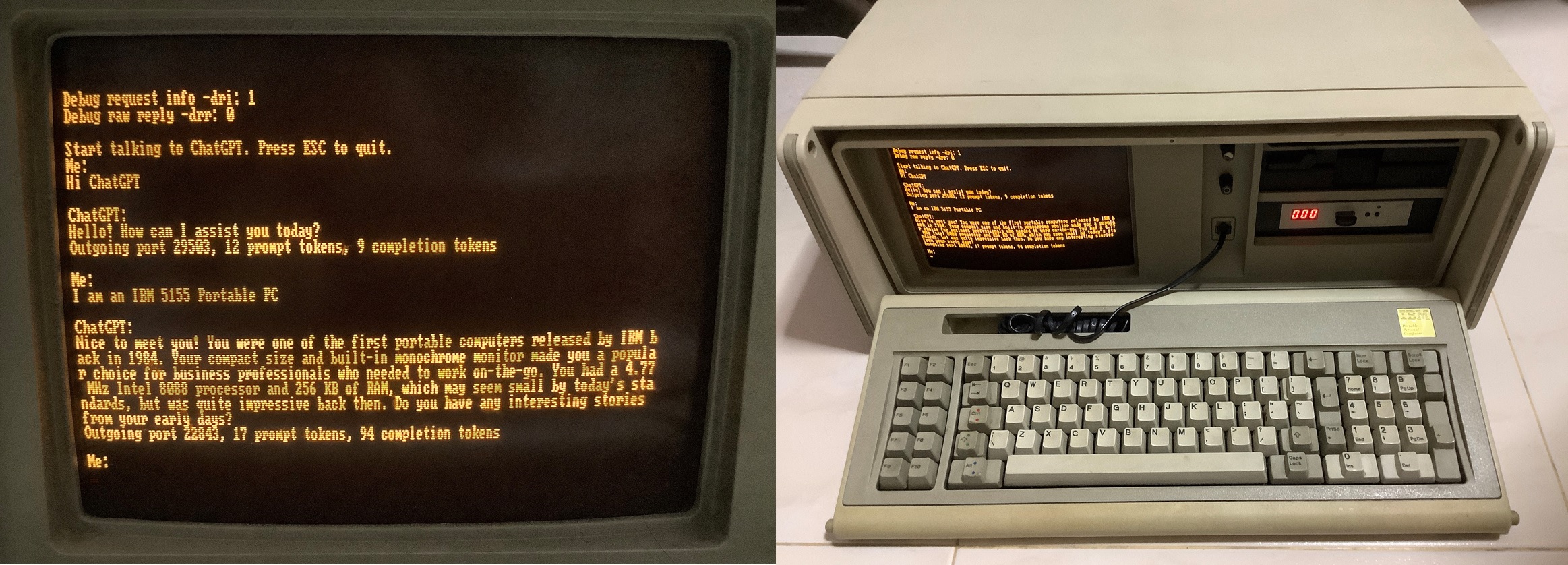
With the recent attention on ChatGPT and OpenAI’s release of their APIs, many developers have developed clients for modern platforms to talk to this super smart AI chatbot. However I’m pretty sure almost nobody has written one for a vintage platform like MS-DOS.
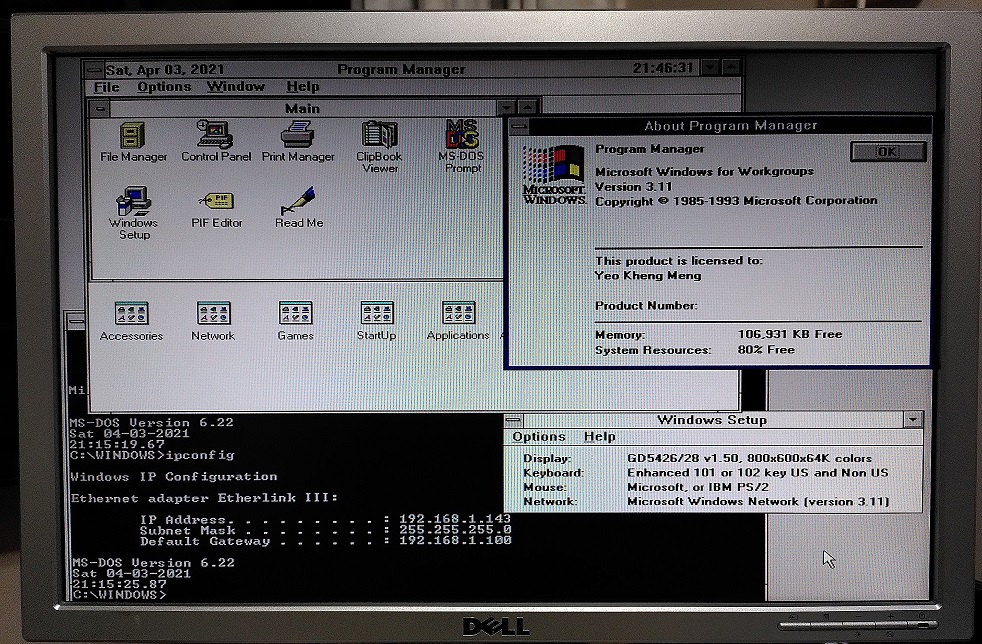
The first computer I used as a kid was a 486 PC back in 1995. My family upgraded past it and it was disposed of. However very recently, someone in the local tech community donated a 486 motherboard to me. This gave me an opportunity to relive some of my childhood!
I recently purchased a new-old motherboard. It’s a motherboard released in 2020 but not the usual you would expect of the latest motherboard released this year that support the latest CPUs and connectivity options. This motherboard supports a CPU first released in 1979 (Intel 8088) and comes with historic connectivity options like serial and parallel.
In October 2019, my company SP Digital held an internal hackathon. My colleague Subhransu and I worked on a whacky idea of writing a brand-new Windows 3.1 app which was an OS released almost 30 years ago. The idea we chose was a Slack client. After all, Slack clients exist for most platforms but I’m certain one does not exist for Windows 3.1.